• First customer-sold Buell • 163hp Square-four engine • First motorcycle to carry the Buell name Long before Erik Buell became known as the maverick of American motorcycling, he was a hard-working Harley-Davidson chassis engineer with a road racing problem. A nationally ranked AMA Expert, he campaigned a Yamaha TZ750 in the Formula 1 class and a Ducati SS in Superbike, but felt a little guilty about riding on competing brands. The purchase of a little-known Barton two-stroke square-four race bike mitigated that indiscretion, and in a convoluted way led to the RW750 – the first motorcycle to carry the Buell name – which in turn paved the way for formation of the Buell Motorcycle Company, maker of some 137,000 streetbikes from 1987 to 2009. Barton was an interesting outfit, doing business from a converted chapel in Pontrug, Wales, founded by two young engineers, Barry Hart and Tony Ryan, who each contributed £15 and the first three letters of their first names to the start-up. Initially the duo concentrated on racing gearboxes for Japanese models, moving on to clutches, cylinders and heads, before making the jump to complete race bikes. The company's first headlines were generated with a three-cylinder liquid-cooled 500 based on the Suzuki GT380 bottom end, which served notice by being as fast as the works Kawasakis at the Isle of Man TT in 1975. Ridden by Martin Sharpe, the Spondon-framed, Barton-engined "Sparton" won the 1976 North West 200, with similarly mounted Frank Kennedy in second place. The switch to a square-four engine came about after Barry Sheene asked Hart to convert a Suzuki RG500 engine to 650cc, something the factory said could not be done. Hart nonetheless succeeded and used the knowledge gained to produce his own version of the Suzuki engine, called the Barton Phoenix, initially as a 750, later as a 500 and an 850. The Phoenix engine showed promise, though the project never received the financial backing required to fully develop it. Produced in small numbers, it achieved little in solo form but enjoyed considerable success as a sidecar power unit in the hands of Nigel Rollason, whose first major success with it was a second-place finish in the 1979 Isle of Man TT. Rollason would go on to finish nine out of 10 TTs with his Phoenix-powered outfit, eight of them on the leader board, highlight being victory in the 1986 event. By then Barton Motors had ceased to exist, Hart moving on to Armstrong as chief designer, where he was responsible for the company's highly successful Rotax-based tandem-twin racers. As delivered, Erik Buell's Barton 750 illustrated why solo work was not a strongpoint. The liquid-cooled, rotary-valve square-four, while hugely powerful, had a peaky, difficult-to-control powerband, with the added bonus of being prone to seizures. Chassis-wise, handling was such that Buell soon tossed the Barton frame altogether and designed one of his own making, not surprising given his area of expertise. The engine was then re-engineered from its twin crankshafts up, resulting in an easier to modulate power delivery still good for 163bhp. With all-new fiberglass bodywork that owed much to the effective fairings developed for 1970s factory Harley road racers in the Cal Tech wind tunnel, Buell's redesigned racer achieved 178mph in testing at Talladega Speedway. So complete was the transformation that the bike was effectively a brand-new machine, hence the Buell RW750 rechristening. With interest from outside parties in buying more RWs, plus parts and tooling purchased from the defunct Barton operation, Buell left Harley-Davidson's payroll in 1983 and opened shop as an American maker of road racing motorcycles. Timing could not have been worse. Within a year the AMA, concerned with rising costs of going racing, had killed the anything-goes Formula 1 class to concentrate of production-based Superbikes. Overnight, the RW750 became obsolete, its sales audience now nil. Production totaled just two units, # 1 rema
• First customer-sold Buell • 163hp Square-four engine • First motorcycle to carry the Buell name Long before Erik Buell became known as the maverick of American motorcycling, he was a hard-working Harley-Davidson chassis engineer with a road racing problem. A nationally ranked AMA Expert, he campaigned a Yamaha TZ750 in the Formula 1 class and a Ducati SS in Superbike, but felt a little guilty about riding on competing brands. The purchase of a little-known Barton two-stroke square-four race bike mitigated that indiscretion, and in a convoluted way led to the RW750 – the first motorcycle to carry the Buell name – which in turn paved the way for formation of the Buell Motorcycle Company, maker of some 137,000 streetbikes from 1987 to 2009. Barton was an interesting outfit, doing business from a converted chapel in Pontrug, Wales, founded by two young engineers, Barry Hart and Tony Ryan, who each contributed £15 and the first three letters of their first names to the start-up. Initially the duo concentrated on racing gearboxes for Japanese models, moving on to clutches, cylinders and heads, before making the jump to complete race bikes. The company's first headlines were generated with a three-cylinder liquid-cooled 500 based on the Suzuki GT380 bottom end, which served notice by being as fast as the works Kawasakis at the Isle of Man TT in 1975. Ridden by Martin Sharpe, the Spondon-framed, Barton-engined "Sparton" won the 1976 North West 200, with similarly mounted Frank Kennedy in second place. The switch to a square-four engine came about after Barry Sheene asked Hart to convert a Suzuki RG500 engine to 650cc, something the factory said could not be done. Hart nonetheless succeeded and used the knowledge gained to produce his own version of the Suzuki engine, called the Barton Phoenix, initially as a 750, later as a 500 and an 850. The Phoenix engine showed promise, though the project never received the financial backing required to fully develop it. Produced in small numbers, it achieved little in solo form but enjoyed considerable success as a sidecar power unit in the hands of Nigel Rollason, whose first major success with it was a second-place finish in the 1979 Isle of Man TT. Rollason would go on to finish nine out of 10 TTs with his Phoenix-powered outfit, eight of them on the leader board, highlight being victory in the 1986 event. By then Barton Motors had ceased to exist, Hart moving on to Armstrong as chief designer, where he was responsible for the company's highly successful Rotax-based tandem-twin racers. As delivered, Erik Buell's Barton 750 illustrated why solo work was not a strongpoint. The liquid-cooled, rotary-valve square-four, while hugely powerful, had a peaky, difficult-to-control powerband, with the added bonus of being prone to seizures. Chassis-wise, handling was such that Buell soon tossed the Barton frame altogether and designed one of his own making, not surprising given his area of expertise. The engine was then re-engineered from its twin crankshafts up, resulting in an easier to modulate power delivery still good for 163bhp. With all-new fiberglass bodywork that owed much to the effective fairings developed for 1970s factory Harley road racers in the Cal Tech wind tunnel, Buell's redesigned racer achieved 178mph in testing at Talladega Speedway. So complete was the transformation that the bike was effectively a brand-new machine, hence the Buell RW750 rechristening. With interest from outside parties in buying more RWs, plus parts and tooling purchased from the defunct Barton operation, Buell left Harley-Davidson's payroll in 1983 and opened shop as an American maker of road racing motorcycles. Timing could not have been worse. Within a year the AMA, concerned with rising costs of going racing, had killed the anything-goes Formula 1 class to concentrate of production-based Superbikes. Overnight, the RW750 became obsolete, its sales audience now nil. Production totaled just two units, # 1 rema
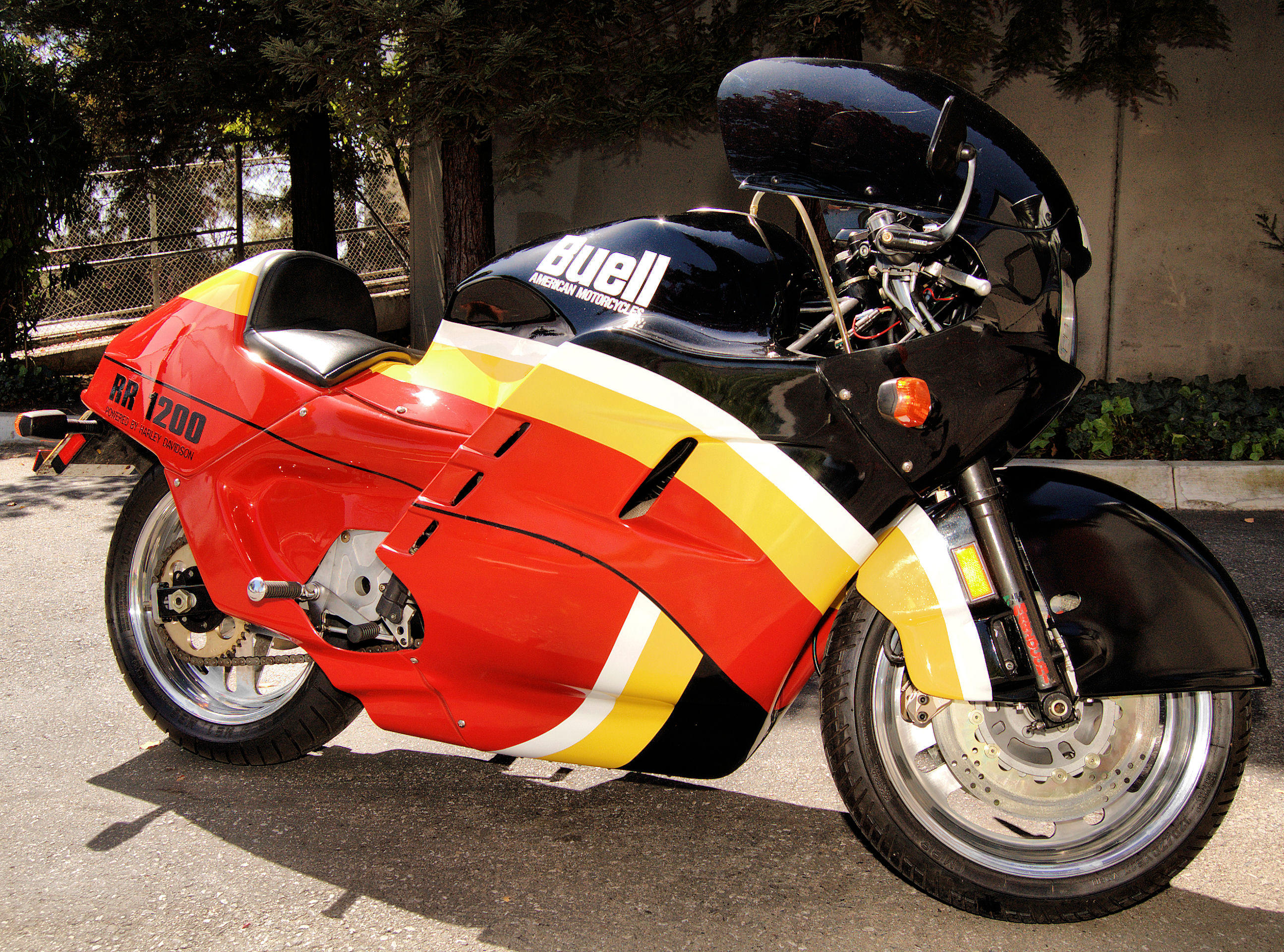
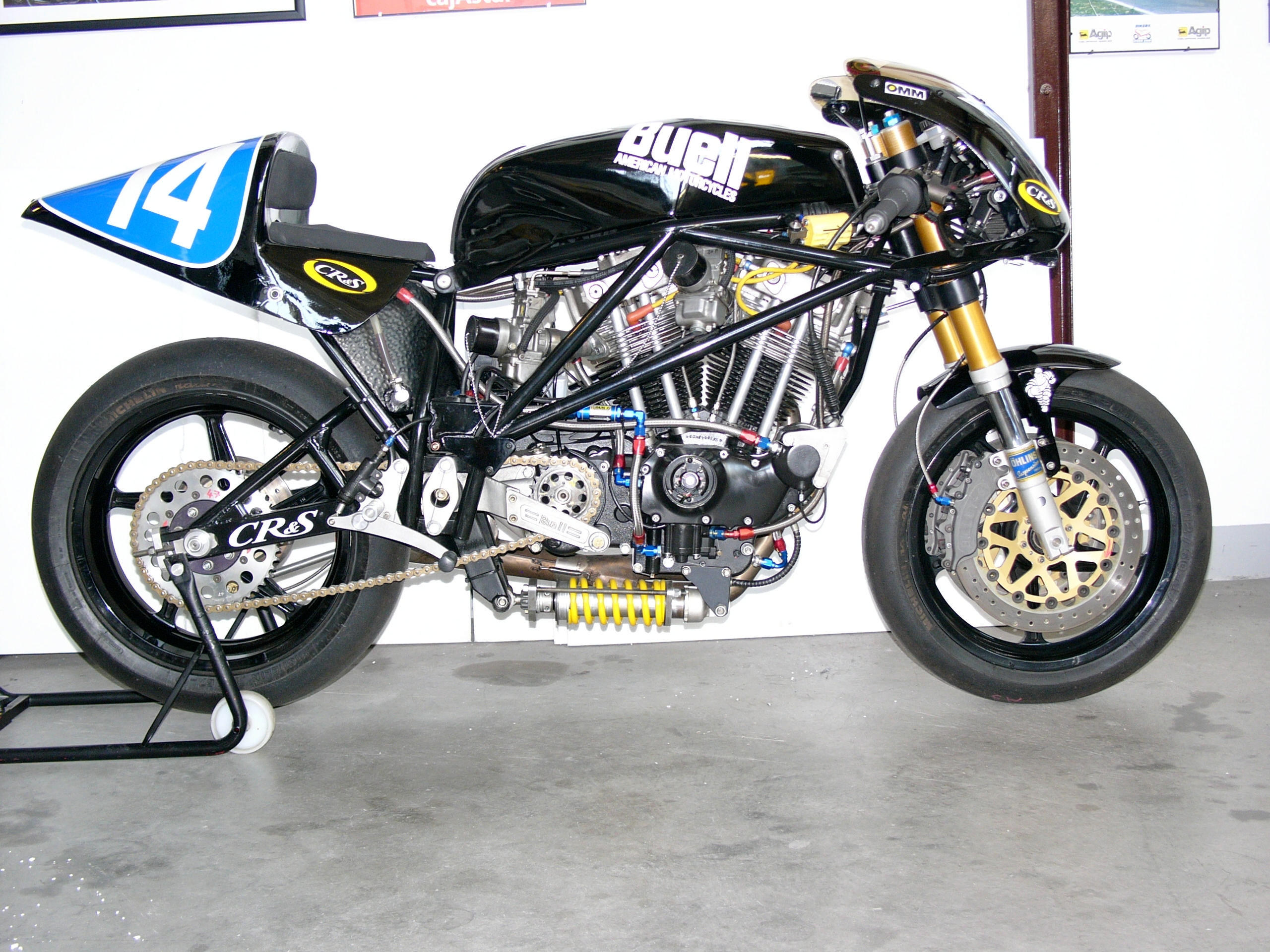



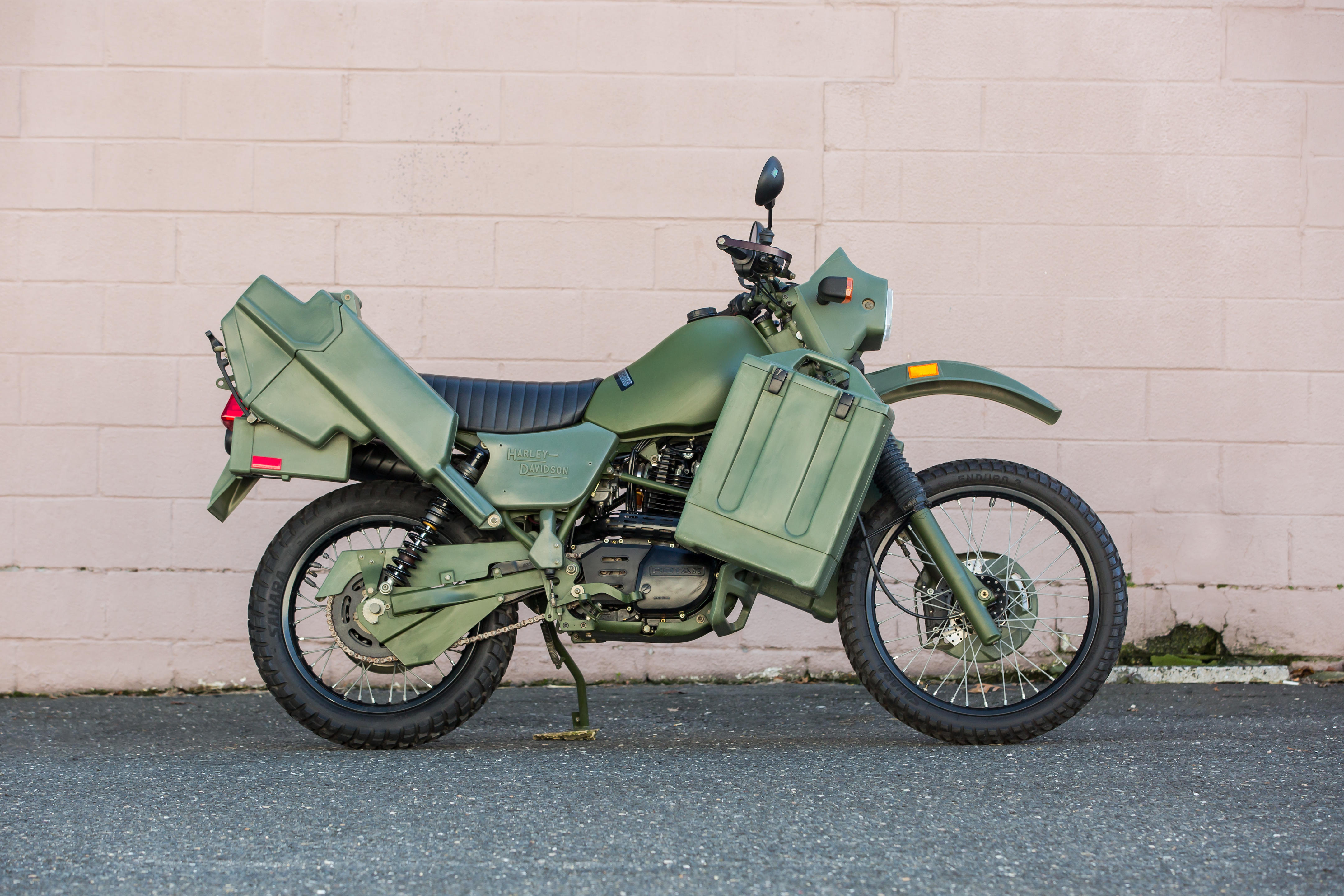
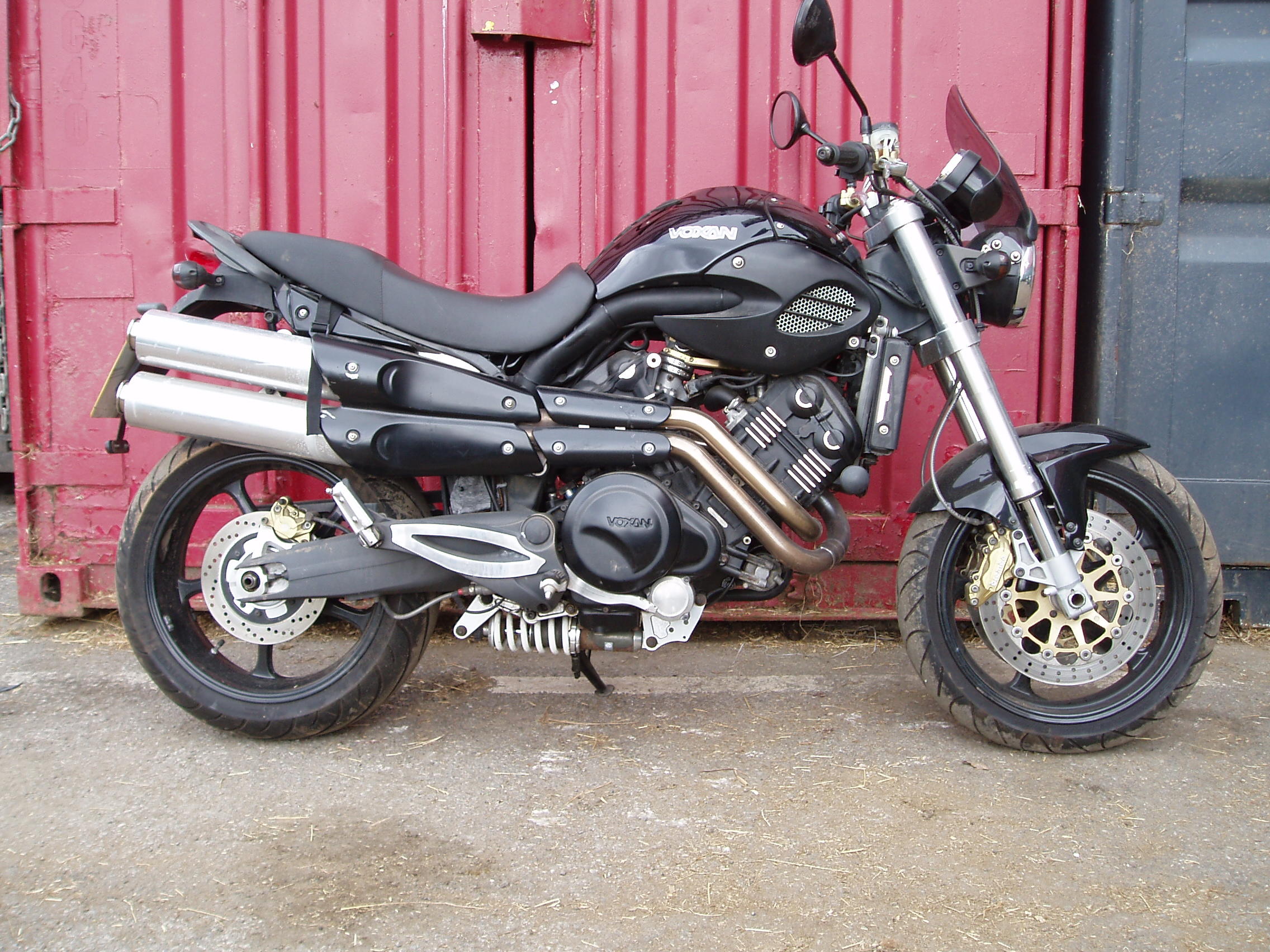

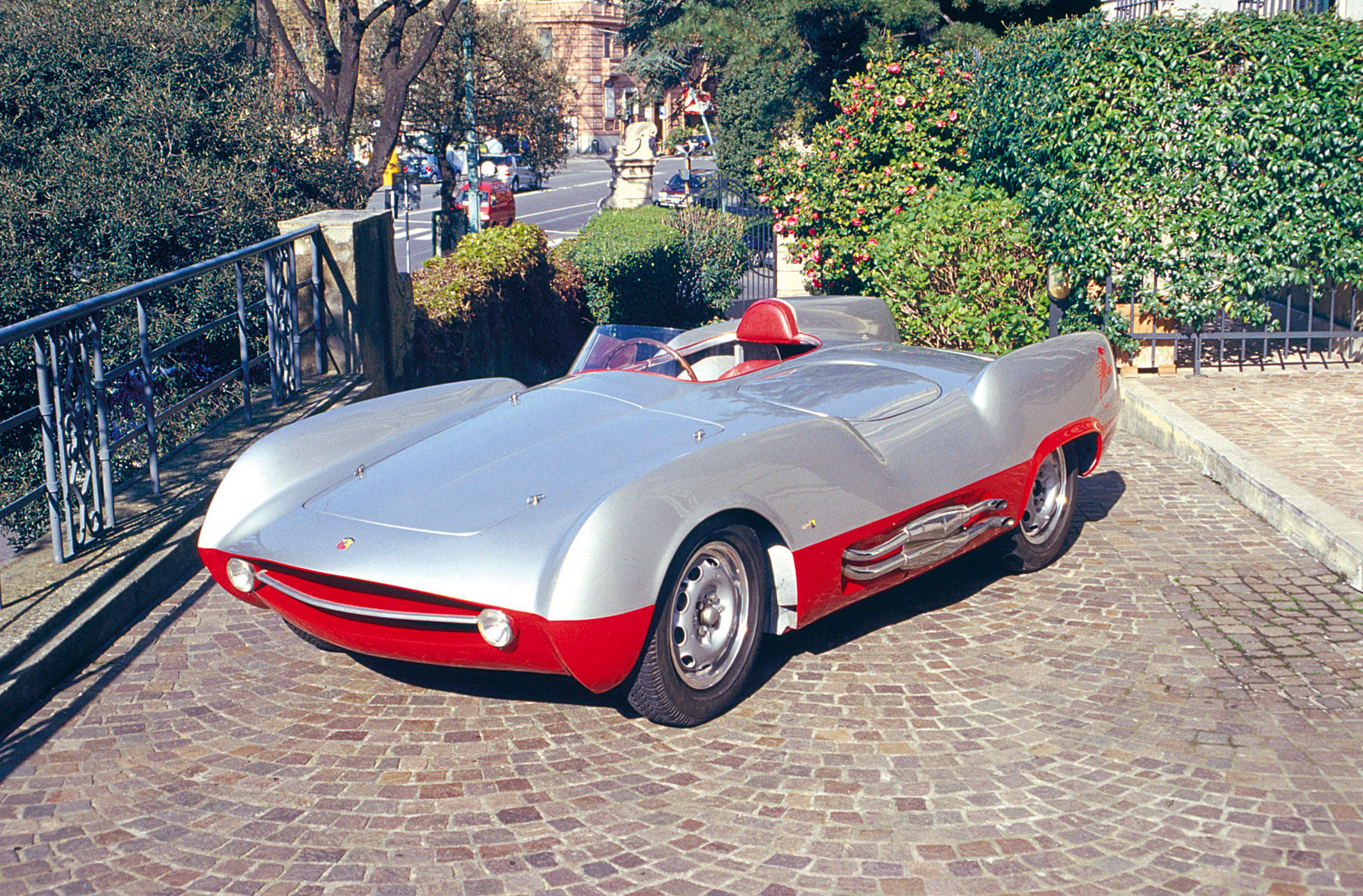
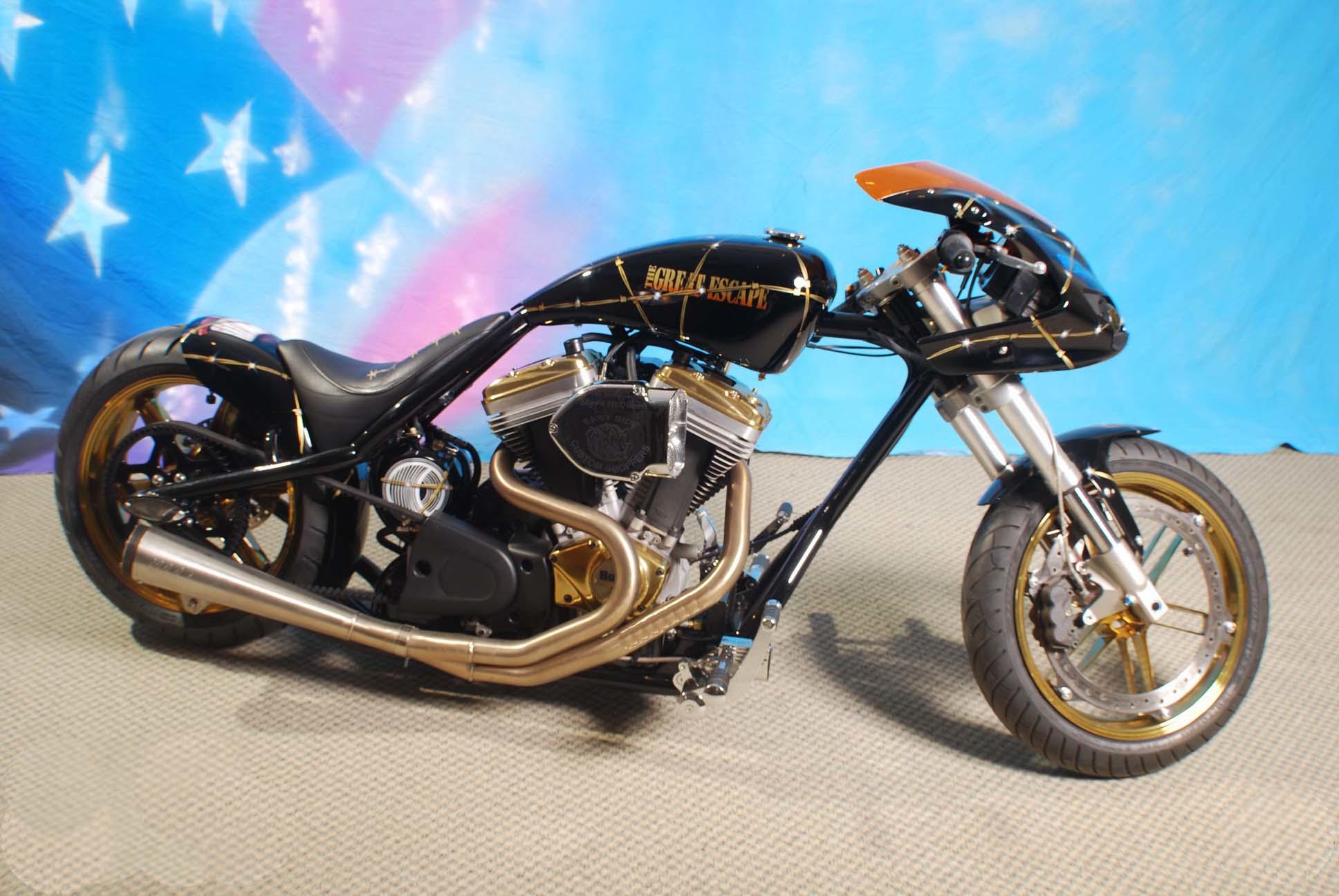
Try LotSearch and its premium features for 7 days - without any costs!
Be notified automatically about new items in upcoming auctions.
Create an alert